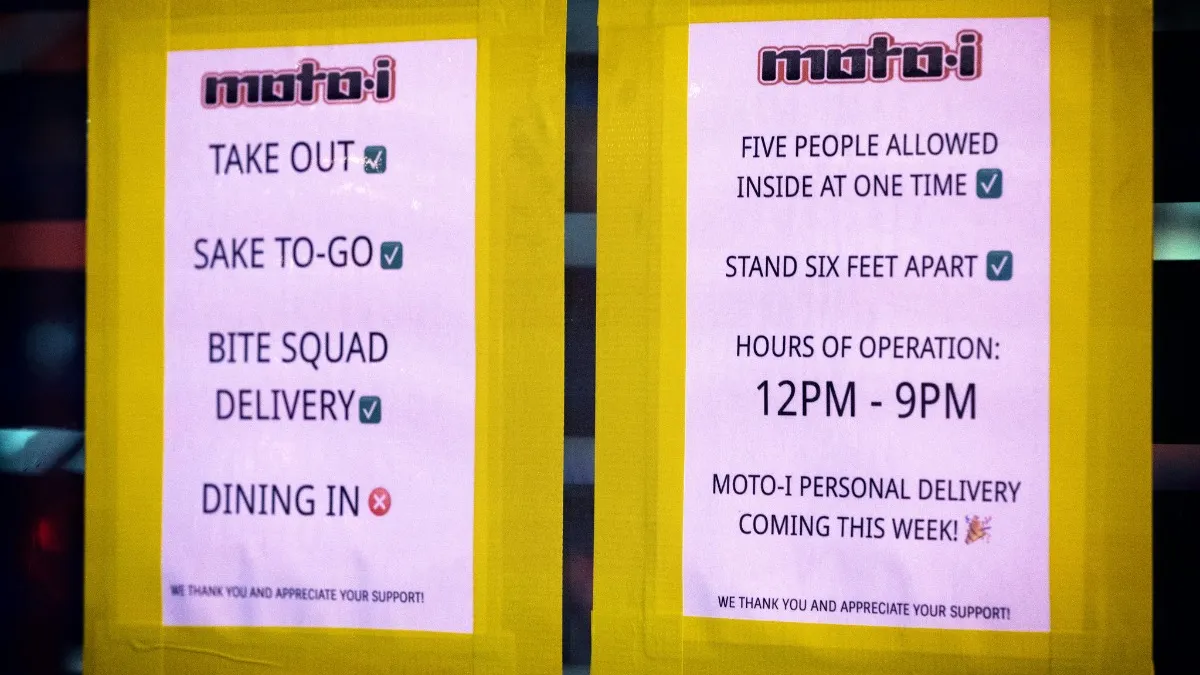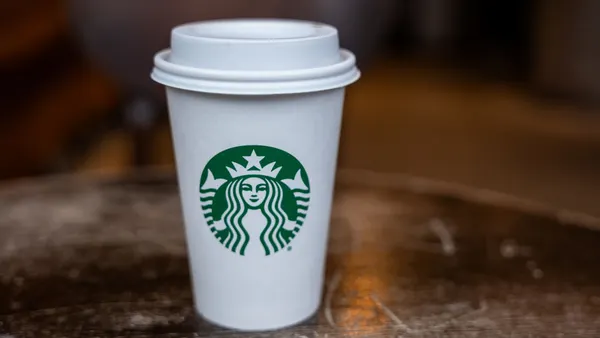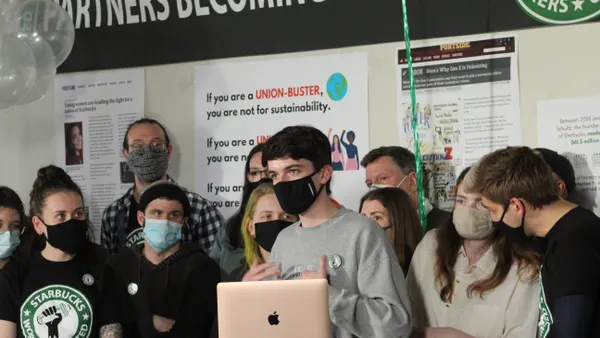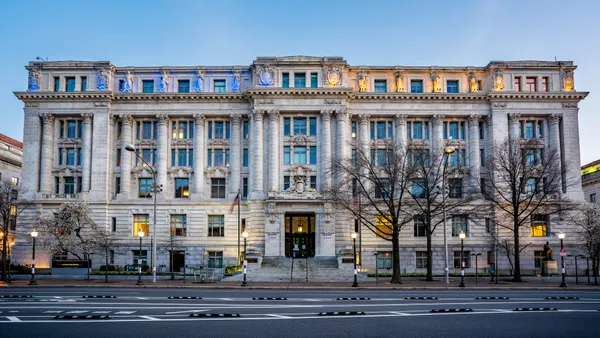UPDATE: Nov. 11, 2020: San Francisco mayor London Breed announced Tuesday that the city will cease all indoor dining beginning Friday at midnight, including at bars, food courts and restaurants in museums and hotels. Breed did not specify how long the dining room shutdown will last. The decision follows a 250% spike in COVID-19 cases in the city since Oct. 2. The state of California has experienced a 29% increase in new positive coronavirus cases over the last week.
"This rollback will be extremely tough for our restaurants and bars who are already struggling to make ends meet, but we must work together to contain this virus, trust the science before us, and once again flatten this curve. Our economy and the thousands of employees that need and depend on this work rests with each of us to do our part," Joaquín Torres, director of San Francisco's office of economic and workforce development, said in a statement.
To help offset the economic impact of these closures, Breed will allocate $4 million to small businesses, including $500,000 for restaurants to buy equipment and "reconfigure space to meet social distancing requirements" and $500,000 for zero-interest loans for low- and middle-income eateries to cover operating costs. Breed will also provide $2.5 million to waive taxes and fees for impacted small businesses, including fees for winterization efforts.
Dive Brief:
- San Francisco has paused its restaurant reopening plan for an undetermined period of time following a nationwide increase in COVID-19 cases and hospitalizations. Restaurants were slated to increase capacity from 25% to 50% starting Nov. 3.
- This decision came just a few days after Los Angeles County health officials said 10% to 15% of COVID-19 cases in the county are connected to a dining experience. Currently, only outdoor dining is allowed in LA County, but neighboring Orange and Ventura counties allow indoor dining at reduced capacity. Another adjacent county, Riverside, granted indoor dining at 25% but reversed that decision when cases increased, according to Eater.
- Municipalities across the country have begun to stall or reverse COVID-19 policies allowing indoor dining as viral cases climb. On Friday, Chicago suspended all indoor dining and bar service after raising capacity to 40% on Oct. 1, and New York City recently began reducing or shutting down indoor dining capacity in select neighborhoods to curb the spread of infection.
Dive Insight:
A number of states have also reversed their original reopening plans, including Colorado, Idaho, New Mexico and Massachusetts, while others have paused or delayed plans to reopen further due to increases in coronavirus cases. These shifts likely stem from the reported correlation between rising cases and dining out. The Centers for Disease Control and Prevention recently found that adults who have tested positive for COVID-19 were approximately twice as likely to have reported dining at a restaurant in the two weeks before becoming sick, for example. The CDC’s findings echoed a similar report from JP Morgan published in June, which showed that higher restaurant spending in a state was linked to a more rapid spread of COVID-19 about a month later.
Diner concern over eating out is still high as well — nearly one in four consumers say they will only order off-premise for the rest of the year, according to SevenRooms research.
For restaurant operators, the dizzying pace of reversing or pausing reopening can be costly. These operators still have to pay labor, rent, utilities and other operating costs despite their open or capacity status. Adding to the frustration is that these re-closures are also coming as restaurant visits start to rise, indicating consumers have pent-up demand for dining out. Technomic data shows average visits during the week of Sept. 28 were up to 2.99, versus 2.38 during the week of April 6.
This may be why there has been pushback on reversals. Chicago Mayor Lori Lightfoot has publicly stated she disagrees with Illinois Governor J.B. Pritzker’s suspension of indoor dining, even though area cases are surging. Some Illinois restaurants are defying orders and staying open. And Wisconsin remains in legal limbo over Governor Tony Ever’s 25% capacity restrictions.
Though outdoor dining has provided a bit of a revenue lifeline amid dining room closures, it’s not a perfect solution. Even in a temperate climate like California, for example, hundreds of restaurants have already closed and the California Restaurant Association estimates that up to 30% of restaurants could shutter permanently. Indeed, restaurants facing a second closure have an uphill battle. A Detroit operator told Eater that it isn’t just the operating costs presenting a challenge for restaurants facing a second closure, but the confusion instilled in customers by such rapidly changing plans.










